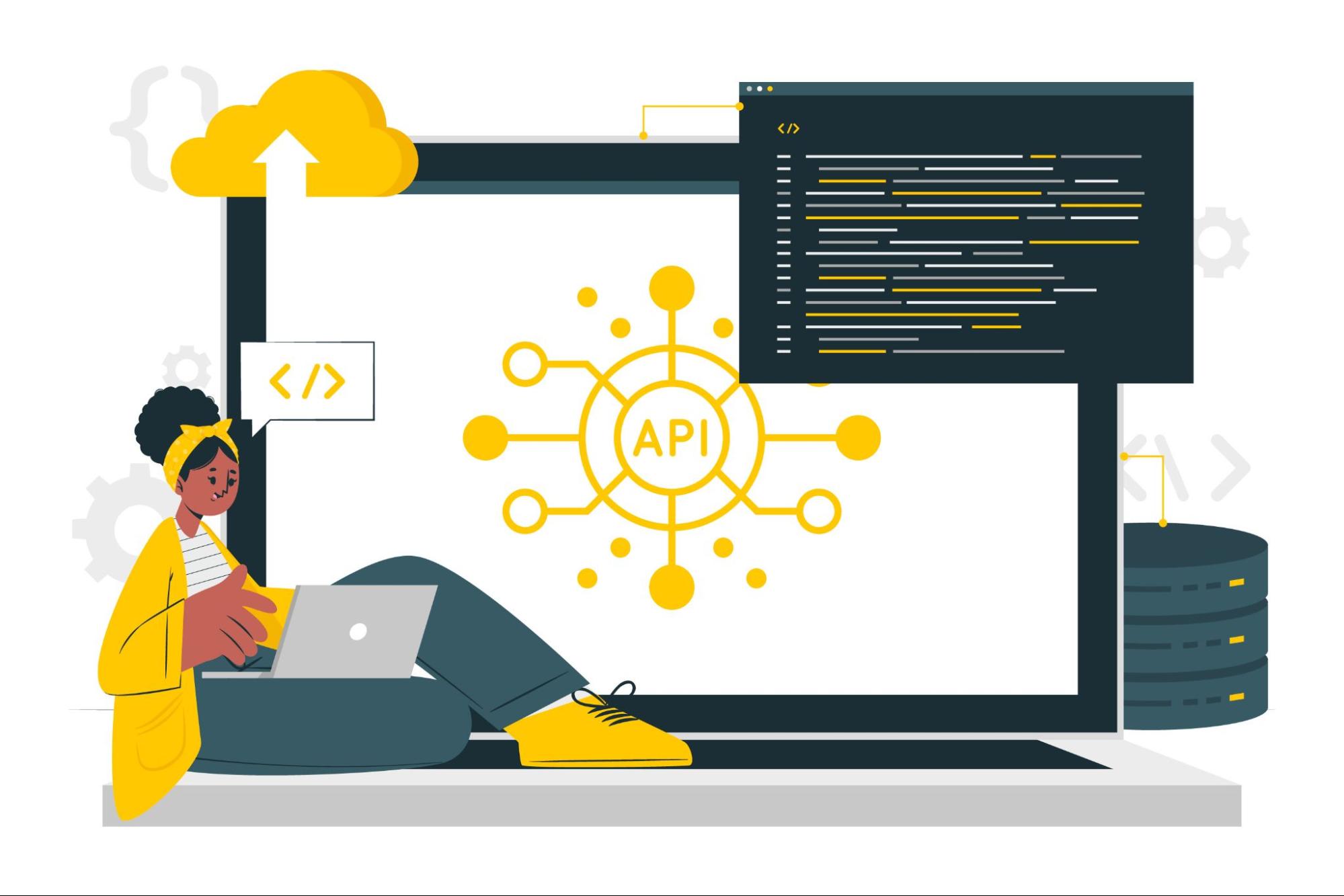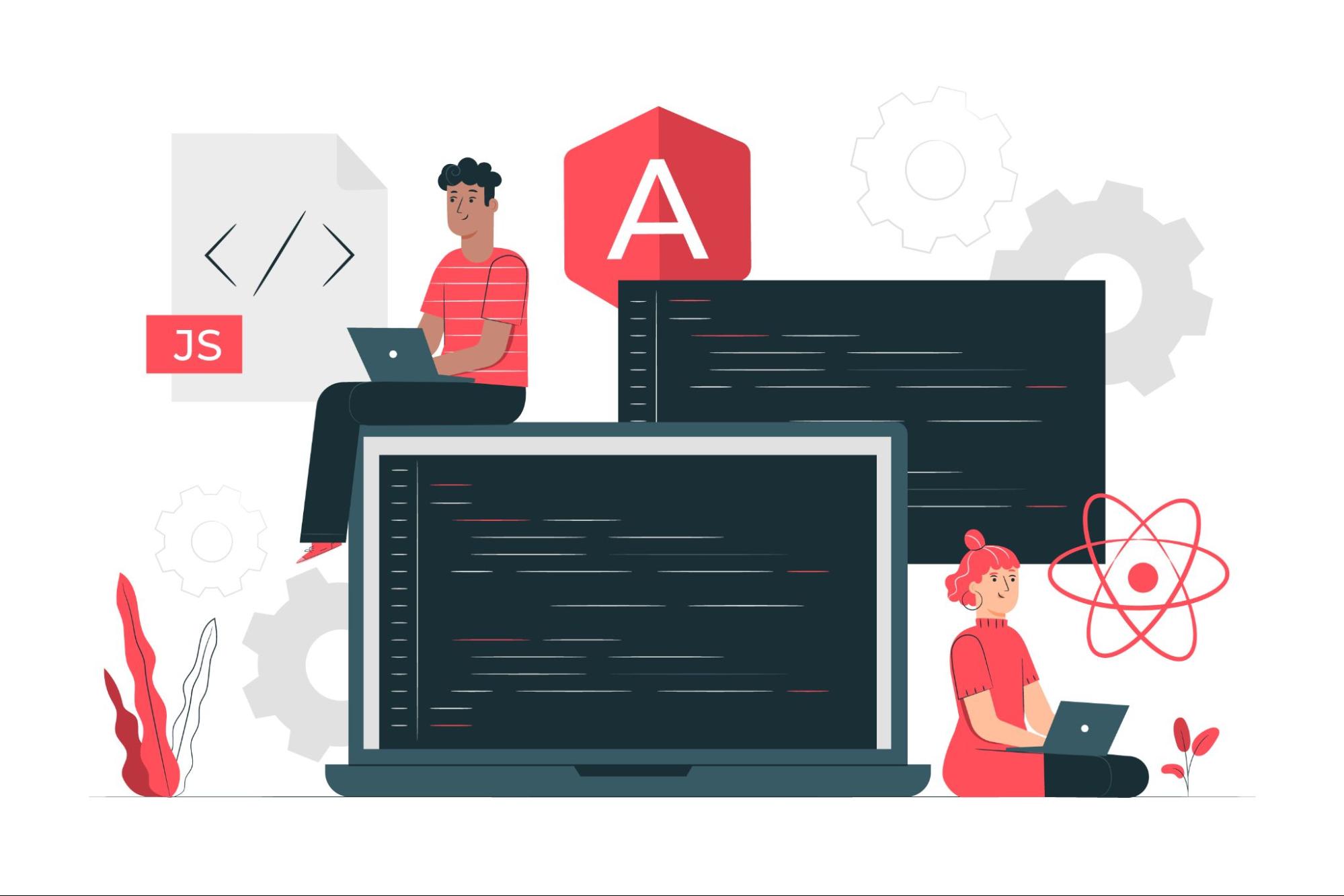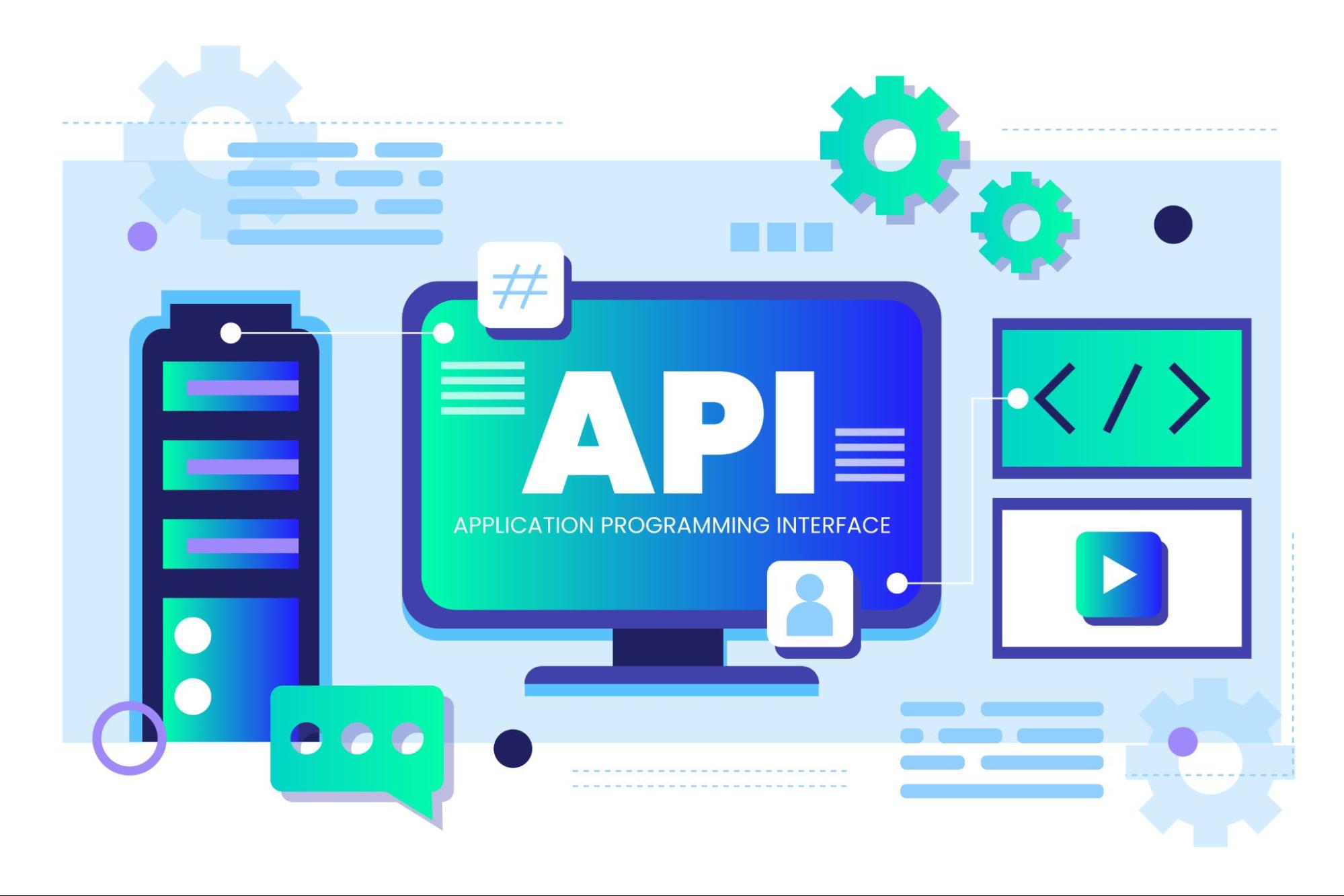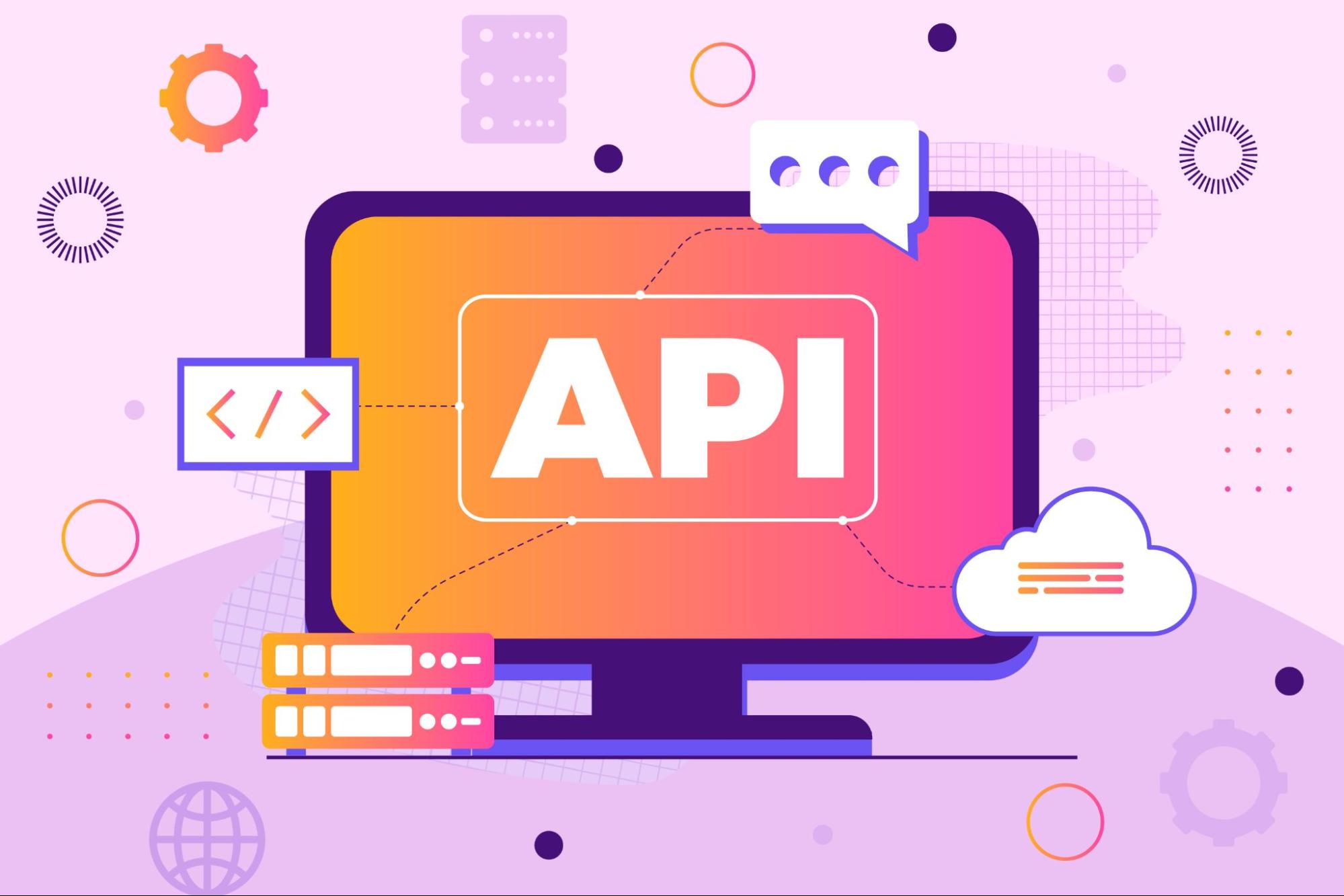What is API Versioning?
The crucial process of managing, tracking changes, and communicating those API changes to the API consumers is known as API versioning.
Change is an inevitable part of our lives, and so is the change in API development. Developers often need to modify their API code for various reasons, ranging from addressing security vulnerabilities to introducing new functionality or features. While specific changes have minimal impact on consumers, others, referred to as "breaking changes," can result in backward compatibility issues like unexpected errors and data corruption. API versioning plays a crucial role in managing these changes effectively, ensuring smooth transitions while upholding consumer trust. By implementing proper versioning strategies, APIs can maintain security, eliminate bugs, and optimize performance, thereby fostering a seamless user experience.
Here, we will learn about the benefits of API versioning and discuss several scenarios where it is mandatory. We'll also examine various common methods of API versioning, outline five essential steps for effectively versioning an API, and emphasize key best practices for API versioning. Furthermore, we'll explore how vREST by Optimizory can seamlessly integrate into your API versioning process, offering robust support every step of the way.
Benefits Of API Versioning in API Testing

API versioning offers a range of benefits for both API producers and consumers, ensuring smooth synchronization as the API evolves, whether it's private or public.
By implementing an effective versioning strategy, API producers can iterate while minimizing the impact of breaking changes on consumers.
Additionally, effective versioning provides a clear framework for communicating these changes transparently to consumers, fostering trust and enhancing the organization's reputation.
For public APIs, this transparency can significantly boost adoption and retention rates, ultimately contributing to the overall success of the API ecosystem.
When To Version An API?
API versioning should occur whenever a change necessitates consumers to adjust their codebase to maintain API functionality. These changes, known as "breaking changes," can impact various aspects of the API, including input and output data structures, error feedback, and security mechanisms. Common scenarios requiring API versioning include:
-
Renaming properties or endpoints: Clearer naming conventions may prompt changes to property or method names. However, altering these after the API's release risks breaking consumers' existing code.
-
Converting optional parameters to mandatory: Evolving APIs may require previously optional parameters to become mandatory for standardization and predictability. However, this change can lead to errors for clients who are not configured to provide the required input.
-
Modifying data formats or types: Enhancing API design may involve restructuring data properties, such as consolidating firstName and lastName into a user object. While beneficial for design, such changes can result in parsing exceptions for existing consumers.
-
Adjusting property characteristics: Changes to property rules, like adjusting maxLength constraints for a description property, can impact database and UI functionality. Depending on the implementation, these modifications may lead to errors in data handling and presentation.
Different Types Of API Versioning

There are various approaches for API versioning, including:
-
URL versioning: In this approach, the version number is incorporated into the API endpoint's URL. This is a widely used method of API versioning.
-
Query parameter versioning: Consumers append the version number as a query parameter in the API request URL.
-
Header versioning: This technique involves consumers specifying the version number as a header in the API request. Unlike URL versioning, it separates the versioning information from the URL structure.
-
Consumer-based versioning: With this strategy, consumers select the desired version based on their requirements. Upon the initial call, the consumer's chosen version is stored with their information. Subsequent calls utilize the same version unless the consumer explicitly modifies their settings.
How do you version an API?

API versioning directly affects the overall API success. So, careful planning is required to ensure its proper execution methodically. API producers should follow these steps to version their API as effectively as possible:
Step 1: Select a versioning strategy
During the API design phase, choose a versioning strategy that aligns with your overall API portfolio. Early consideration of versioning helps in designing resilient patterns to minimize breaking changes and sets a clear roadmap for future API evolution.
Step 2: Assess the need for a new version
Evaluate proposed changes to determine if they warrant a new API version. Consider if changes can be implemented without breaking existing functionality or if introducing a new version is necessary. Opt for backward-compatible modifications whenever feasible.
Step 3: Update the documentation
Update API documentation to communicate changes effectively. Clearly explain the rationale behind the updates, their impact on consumers, and how to access the new version. Provide migration instructions and a timeline for deprecating the old version, if applicable.
Step 4: Deploy the new version incrementally
Roll out the new API version gradually, starting with a limited user group. Gather feedback to identify and address any issues before broader release. This phased approach ensures that the new version performs as expected and improves the overall consumer experience.
Step 5: Deprecate the old version
Monitor the adoption of the new version and plan to deprecate the old version once stability is confirmed. Communicate the deprecation timeline to users and offer support for migration. This ensures a smooth transition for all consumers as they move to the latest API version.
Best Practices for API Versioning
Do you know that a haphazard approach can have negative consequences for API consumers and producers? The best practices below will assist in avoiding pitfalls to ensure API versioning strategy success.
-
Design for extensibility: Plan for versioning during the API design phase by omitting data types like booleans and arrays of atomics vulnerable to breaking changes and considering future modifications.
-
Understand consumer usage: Familiarize yourself with how consumers interact with your API to anticipate potential breaking changes and ensure backward compatibility. For example, consumers may access any object project property by its index rather than its name, but the API's producers did not intend this implementation.
-
Establish a versioning policy: Define a clear versioning policy in your terms of service, outlining what constitutes a breaking change, notification timelines, and migration periods. This practice is essential for public and partner APIs—especially the monetized ones.
-
Separate implementation and contract versioning: Distinguish between changes to the API's implementation and its contract to avoid unnecessary version increments. For instance, if you rewrite a Node.js implementation in Rust, but the contract doesn't change, avoid releasing a new API version.
-
Conduct thorough testing: Test the new version rigorously to identify and address any issues before deployment, ensuring a seamless transition for consumers.
-
Plan for deprecation: Develop a deprecation strategy, including communication plans, usage monitoring, and server removal, to smoothly phase out old versions and encourage the adoption of the new version.
How can vREST by Optimizory help with API versioning?
vREST offers several features and functionalities that can assist with API versioning:

-
Automated Testing: vREST provides robust automated testing capabilities, allowing you to create and execute tests for different versions of your API. This ensures that changes made to the API, including version updates, do not introduce regressions or break existing functionality.
-
Version Control Integration: vREST seamlessly integrates with version control systems like Git, allowing you to manage different versions of your API documentation and test scripts. This enables you to track changes, collaborate with team members, and revert to previous versions if necessary.
-
Performance Monitoring: vREST includes performance monitoring capabilities that enable you to assess the performance of each API version. By analyzing response time assertions, you can identify performance bottlenecks and optimize your API implementation.
-
Regression Testing: vREST facilitates regression testing by allowing you to create regression test suites that validate the functionality of each API version against predefined test cases. This helps ensure that new updates or modifications do not inadvertently break existing functionality.
-
Customizable Reporting: vREST offers customizable reporting features that allow you to generate detailed reports on test execution, and test coverage across different versions. These reports provide valuable insights into the stability and reliability of each API version.
Overall, vREST by Optimizory streamlines the API versioning process by providing comprehensive testing, documentation, and monitoring capabilities. This helps you maintain the integrity and reliability of your APIs as they evolve over time.





